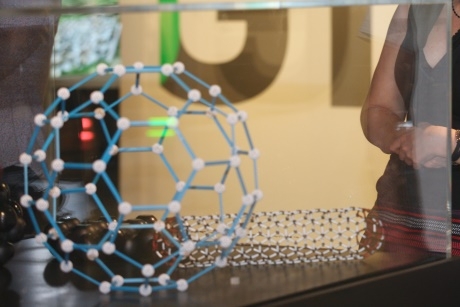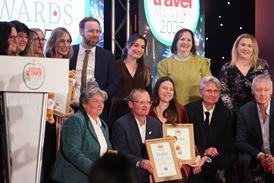
The Museum of Science and Industry in Manchester has this month opened a new exhibition called Wonder Materials: Graphene and Beyond, which will run until 25th June 2017.
The exhibition will combine Science, Art and History to tell the story of graphene, believed to be the world’s first two dimensional material and said to be one of the strongest, lightest and most conductive materials in the world.
Graphene is made from a single, one-atom layer of carbon and is invisible to the naked eye. Scientists believe it has the potential to impact and benefit areas such as energy, electronics and healthcare.
Running alongside the exhibition, which forms part of Manchester’s programme as European City of Science for 2016, will be a year-round series of hands-on science events and creative workshops suitable for schools.
Exhibition highlights
Students will get to explore the history of graphite and the work of scientists Andre Geim and Konstantin Novoselov, who used an approach involving sellotape to isolate graphene from graphite in 2004. Their work, which many thought was impossible, led to them winning the Nobel Prize in Physics in 2010.
A range of objects, photographs, music, films and artwork will also be displayed during the exhibition to help engage students in the subject.
For example, documentary photography will showcase the current uses of graphene, such as in a desalination plant in Abu Dhabi and a mine in Sri Lanka, which produces high purity graphite for turning into graphene.
Wonder Materials: Graphene and Beyond will also include an interactive exhibit, which invites pupils to imagine potential graphene products of the future, such as clothing with built-in computer power and electricity-generating windows.
Following its appearance at the Museum of Science and Industry, the exhibition is expected to tour nationally and internationally, including being staged at the Science Museum in London in 2018.
For more information visit www.msimanchester.org.uk/wondermaterials.
Photo credit: Jason Lock.










